Early Christian Art
1/17
There's no tags or description
Looks like no tags are added yet.
Name | Mastery | Learn | Test | Matching | Spaced |
|---|
No study sessions yet.
18 Terms
Christianty
a monolithic religion based on the teaching of Jesus, a Jew from the Roman province Judea, emphasizing salvation and eternal life through faith in Christ.
Mosaics
patter, texture, visual opulence in architectural settings
Manuscripts
intricate patterns of text and imagery, often illuminated, created by hand in the Middle Ages.
Monotheism
one godbelief in a single deity, rejecting polytheism.
Islam
a monotheistic religion based on the revelations of the prophet Muhammed, originating in the 7th century C.E.
Constantine The Great
established Christianity as the state of the religion of the Roman Empire 4th century C.E.
Byzantine Empire
as the Roman Empire started to dissipate, the land was split leaving most of the east to the Byzantine Empire
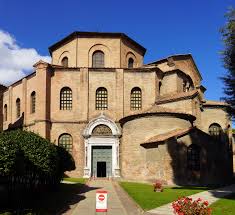
Church of San Vitale
Ravenna 6th century C.E.
Peacock
symbolizes resurrection and eternal life in Early Christian art
-believed that peacock flesh never rotted
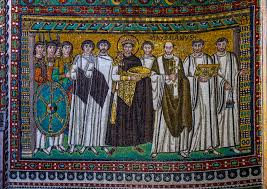
Justinian, Bishop Maximianus, and his Attendants, North wall of the apse, Church of San Vitale,
Justinian is seen with his subjects in Tyrian purple
he is holding a bowl which would hold bread for commune
his attendants are also seen with a stripe of purple on their clothing as a way to show they are in a high position
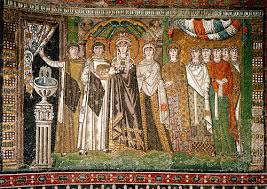
Theodora and Attendants, South wall of the apse
Church of San Vitale
Theodora is depicted with her attendants, wearing luxurious garments and a halo, symbolizing her status as empress. She holds a chalice, representing her role in the communion service.
Theodora is also wearing Tyrian purple in the same fash as Justinian and his attendants
Scriptorium
a studio for writing
Montastory
a house or place of residence occupied by a community of persons, especially monks, living in seclusion under religious vows
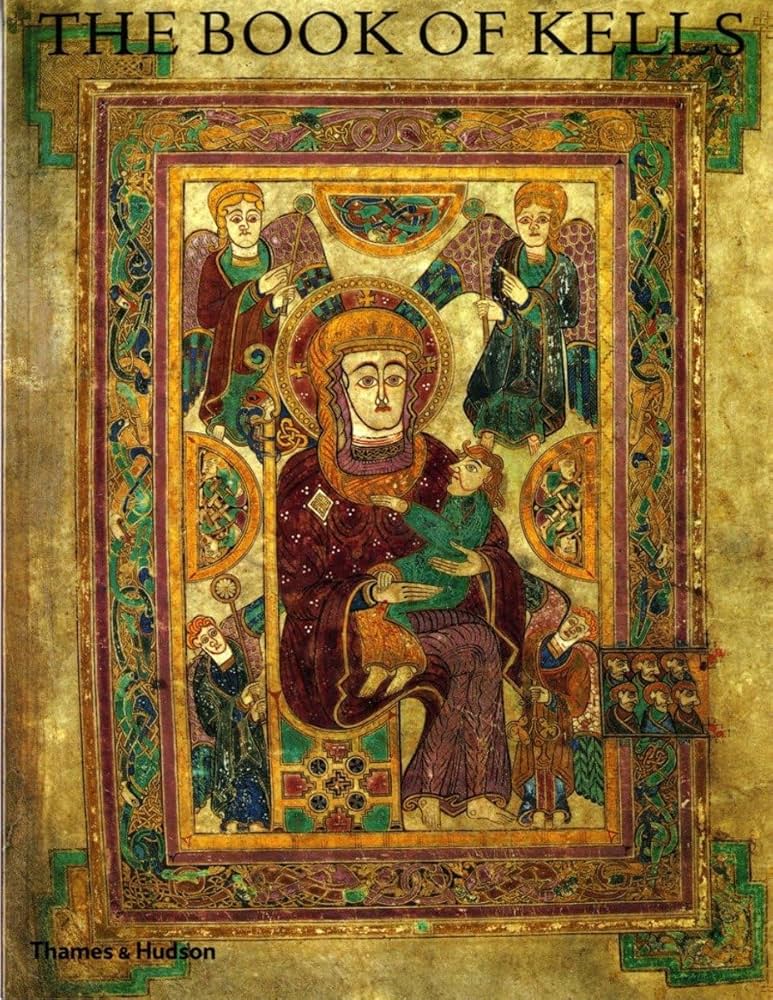
Book of Kells
800 ca, Ireland
Medival Period (400-1400 C.E.)
named that as it was between the high points of Ancient Greece & Rome, along with Renaissance & Reformation
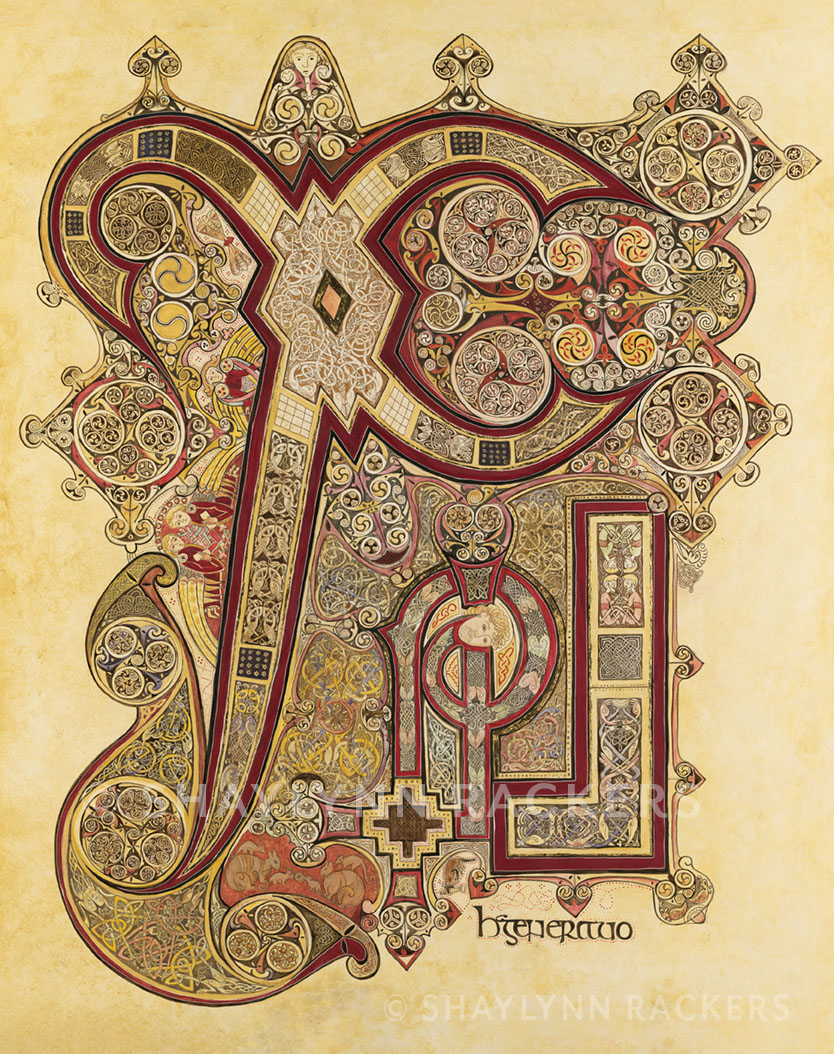
Chi Rho Lota Page (book of kells)
only has one sentence, which is involved in the design
refers to god with the use of 3 as the holy trinity
two cats on opposite sides, in between two mice and a wafer in between
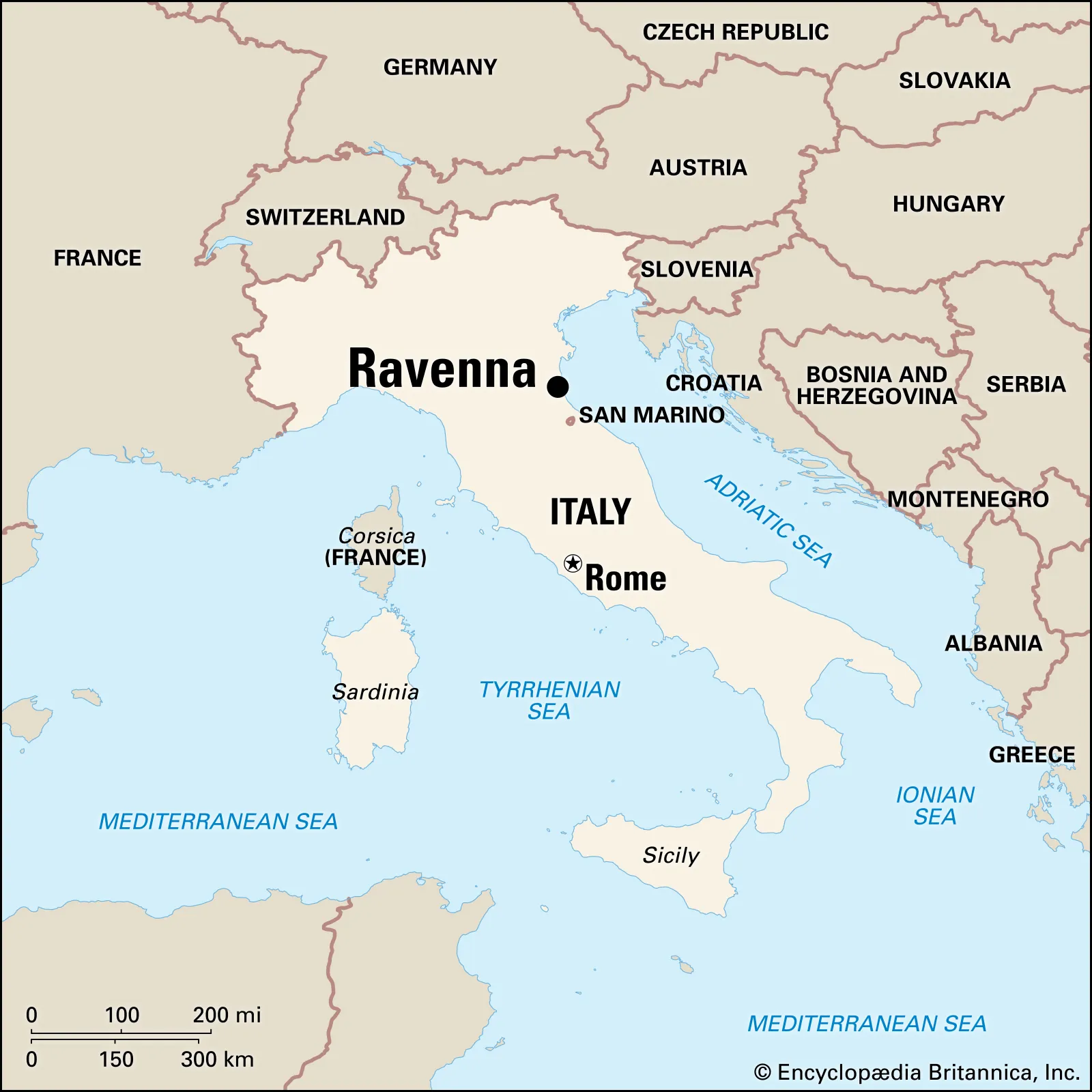
map
Ravenna, Italy
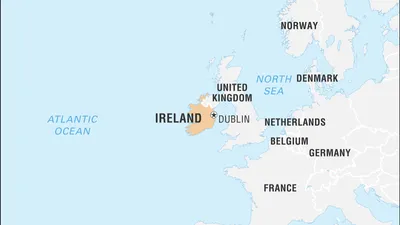
map
Ireland